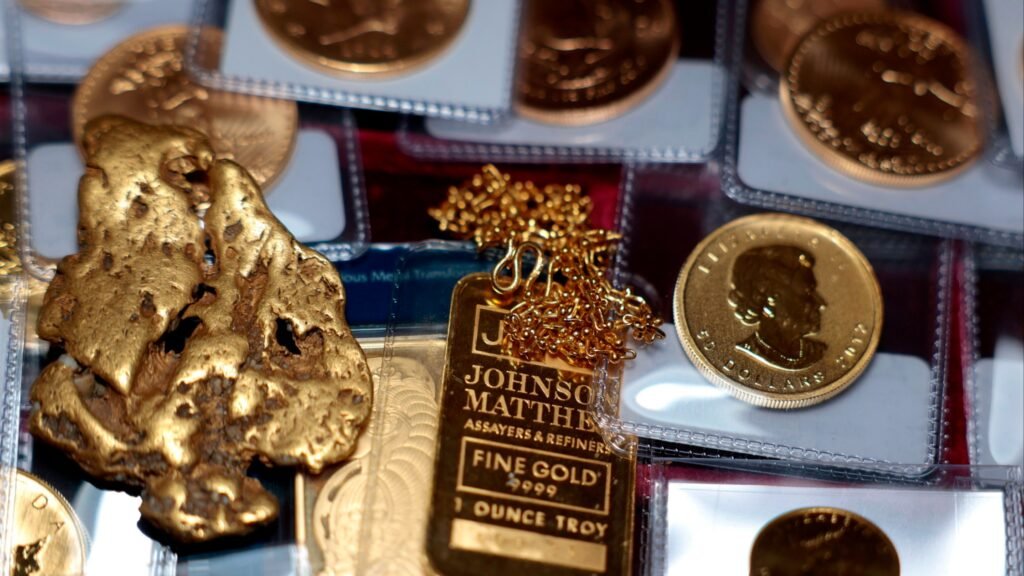Searches for buying gold have increased by more than 50 per cent in the past month and the recent surges in the price of the precious metal have had higher returns on investment than property.
Research from the Gold Bullion Company analysed average UK property and gold prices between 2010 and 2025 to compare how much ROI would be generated from both investments.
This revealed a property investor would have a ROI of 70 per cent if they invested in property in 2010.
This compared to the 213 per cent ROI for an investment in gold.
Rick Kanda, managing director at The Gold Bullion Company, said: “Gold investment should not be dependent on whether the market is either surging or falling; you should be more focused on whether your financial situation enables you to do so at that particular time.
“Gold should always be seen as a long-term investment strategy.”
|
Year |
Average house price |
Average gold price (per fine troy ounce) |
|---|---|---|
| 2010 | £156,936 | £793.39 |
| 2015 | £182,291 | £758.98 |
| 2020 | £218,522 | £1,378.70 |
| 2025 | £266,841 | £2,487.85 |
| Investment gain | £109,906 | £1,694.46 |
| ROI | 70.03% | 213.57% |
| Annualised ROI | 3.60% | 7.92% |
Last week, gold recorded its largest single day drop after reaching all time highs.
Prices soared to $4,381 (£3,330) per ounce last Monday, before falling by around 6 per cent on Tuesday to around the $4,000 (£3,040) level.
Tony Whincup, head of investment specialists at TrinityBridge, said: “The meteoric rise in the gold price has been driven by its status as a safe-haven asset – with concerns over growing government debt levels, the US dollar and geopolitical uncertainty to the fore.
“Demand from central banks looking to diversify their holdings away from the dollar has been a key driver over the past year or more, while investors have been piling into gold exchange traded funds in recent months.
“The latest climbdown in US-China trade tensions and short-term overbought conditions were perhaps the primary catalysts for some heat coming out of the market last week, but with the longer-term structural factors behind the appetite for gold still in place, last week’s move is not being widely viewed as a more significant change in sentiment.”
tara.o’connor@ft.com
What’s your view?
Have your say in the comments section below or email us: ftadviser.newsdesk@ft.com

